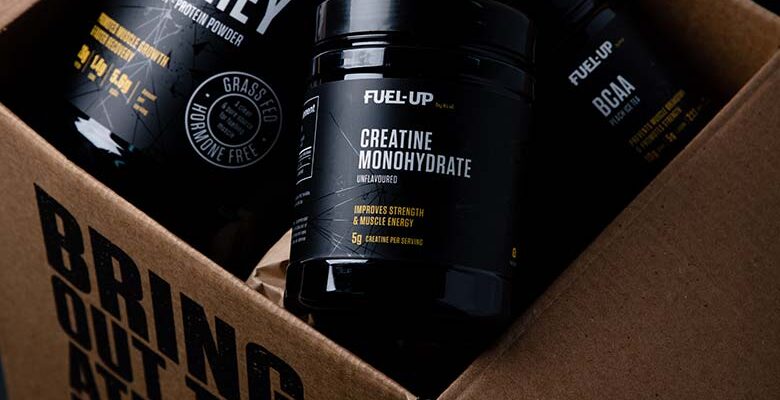Creatine has long been a staple for athletes and fitness enthusiasts looking to boost their performance. However, despite its widespread use, many people remain skeptical about its safety and potential side effects. Here, we’ll dive into what creatine really does for your body and address some common myths surrounding this popular supplement.
What is creatine?
Creatine is a compound naturally found in the human body, composed of amino acids like glycine and arginine. It plays a vital role in energy production by transforming into phosphocreatine, which then aids in forming adenosine triphosphate (ATP), the primary energy carrier in cells. Aside from being produced internally, creatine can also be obtained through dietary sources such as red meat and fish.
The beneficial aspects of creatine supplementation are well-documented, especially when it comes to enhancing athletic performance and muscle recovery. Despite these benefits, some individuals hesitate to use creatine due to prevalent myths and misinformation.
Boosting workout efficiency
One of the foremost advantages of creatine is its ability to elevate the levels of phosphocreatine in muscles. This spike allows for an increased production of ATP during high-intensity exercise, giving you that extra burst of energy needed for short, explosive movements.
An additional benefit includes the promotion of muscle growth over time. Increased water content in muscle cells from creatine usage leads to an environment conducive to protein synthesis, paving the way for larger, stronger muscles.
Debunking common myths
Despite overwhelming evidence supporting its effectiveness, creatine still faces backlash due to several commonly held but inaccurate beliefs. Let’s tackle some of these misconceptions head-on:
Kidney and liver damage
A widely spread myth is that creatine can cause kidney and liver damage. Research consistently demonstrates that creatine is safe for healthy individuals, even with prolonged usage. Various studies, including long-term ones extending up to four years, have shown no adverse effects on kidney or liver function.
However, individuals with pre-existing kidney or liver issues should consult with a healthcare professional before incorporating creatine into their regimen as a precautionary measure.
Bloating and dehydration
Another common concern is that creatine causes bloating and dehydration. The idea stems from creatine’s process of drawing more water into muscle cells. Yet, scientific data actually suggests the opposite; individuals taking creatine may experience better hydration and fewer muscle cramps, particularly when exercising in hot environments.
A study involving college athletes revealed that those using creatine not only had fewer incidences of dehydration and muscle cramps but also fewer missed training sessions due to illness or injury.
- Kidney and liver health concerns: No adverse effects documented in healthy individuals.
- Bloating and dehydration: Linked to improved hydration and fewer cramps.
- Weight gain: Primarily due to muscle mass, not fat.
Weight gain
Some people fear weight gain with creatine usage. It’s true that creatine can increase body weight, but it’s essential to note that this gain generally comes from muscle mass rather than fat. Additionally, creatine has been shown to have body composition benefits across various age groups, helping older adults and individuals with obesity see improvements in muscle mass.
This type of weight gain, marked by enhanced muscle mass, can contribute significantly to overall strength and functional capacity, proving especially beneficial for those engaging intensively in physical activities.
Digestive concerns
One of the less discussed but equally important concerns involves digestive issues. High doses of creatine, particularly when consumed in one go, might lead to symptoms like diarrhea. For instance, a single 10-gram serving notably increased the risk of diarrhea among participants in certain studies.
To mitigate these side effects, it’s advisable to stick to recommended dosages—typically around 5 grams per day—and split higher doses throughout the day. A suggested loading phase comprises 20 grams split into 4 servings of 5 grams each, ensuring minimal digestive discomfort while maximizing absorption.
General user guidelines
While creatine holds plenty of promise for enhancing athletic performance and muscle building, new users should start slowly and monitor their body’s response. Consulting a healthcare provider, particularly if you have existing medical conditions, ensures you can safely incorporate this powerful supplement into your routine.
In summary, creatine stands out as a thoroughly researched, effective supplement for boosting muscle mass, reducing fatigue, and enhancing workout performance. Most myths surrounding its usage lack scientific backing, allowing creatives to enjoy its many benefits safely.



Comments